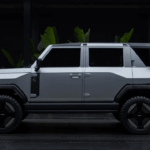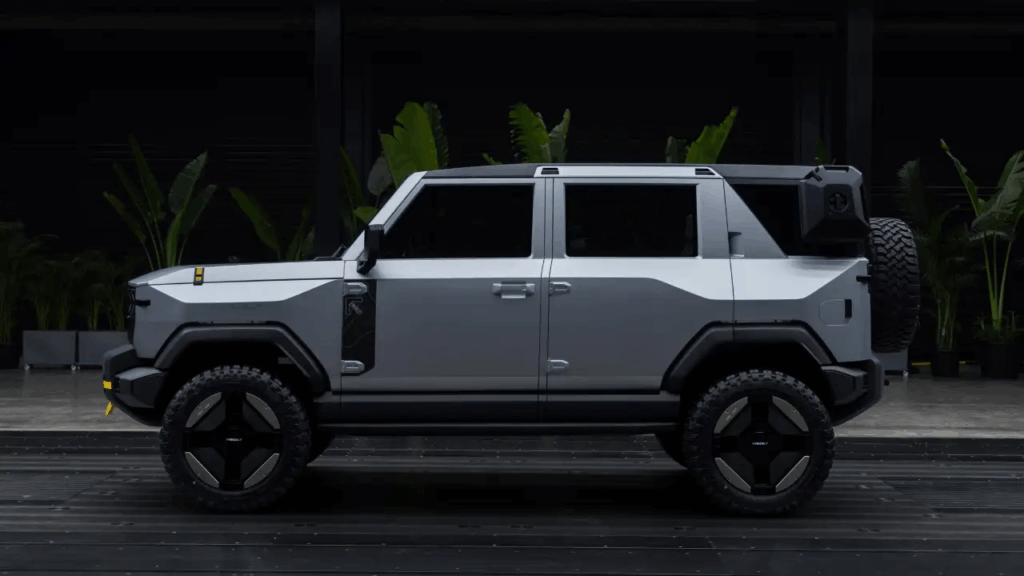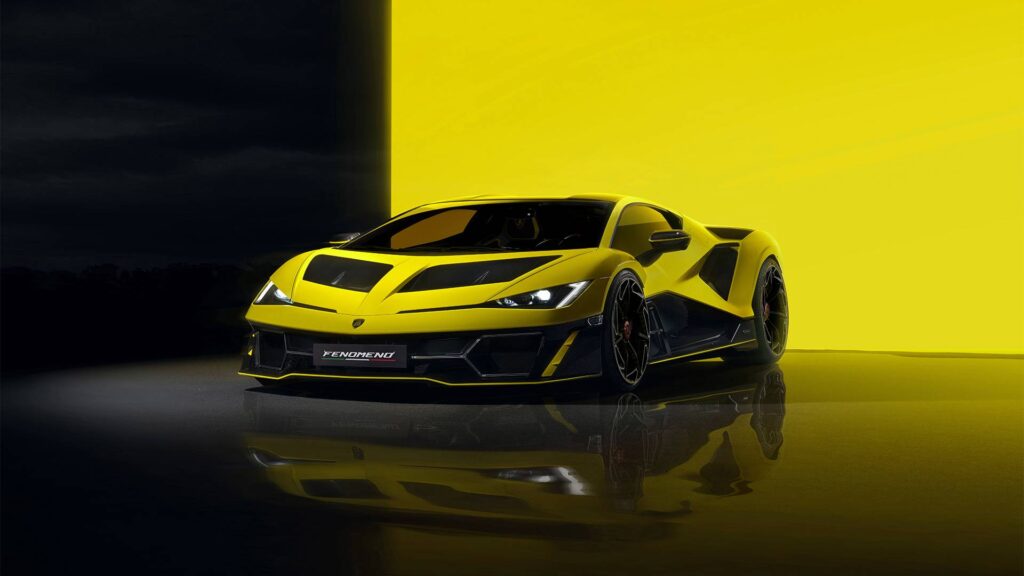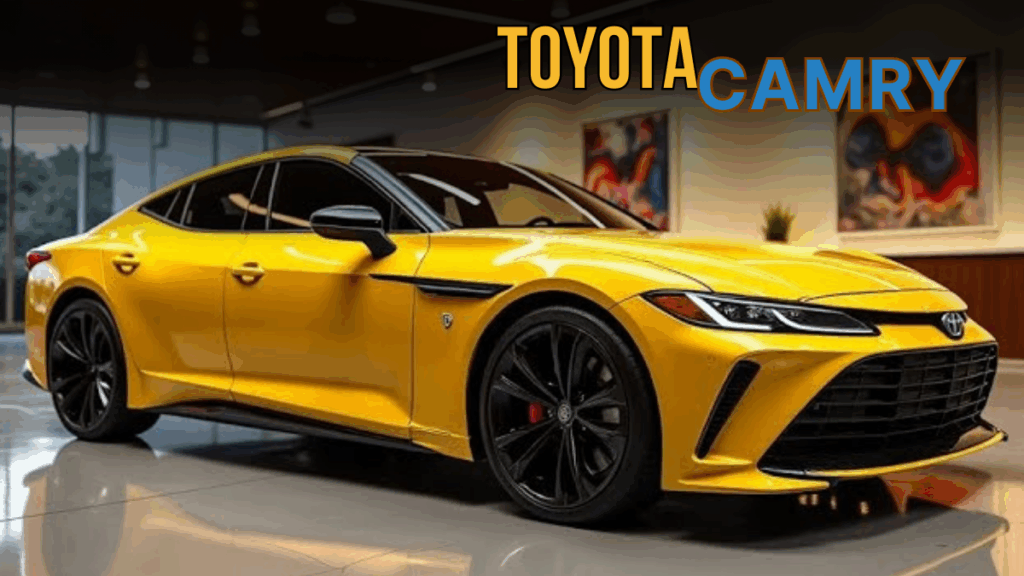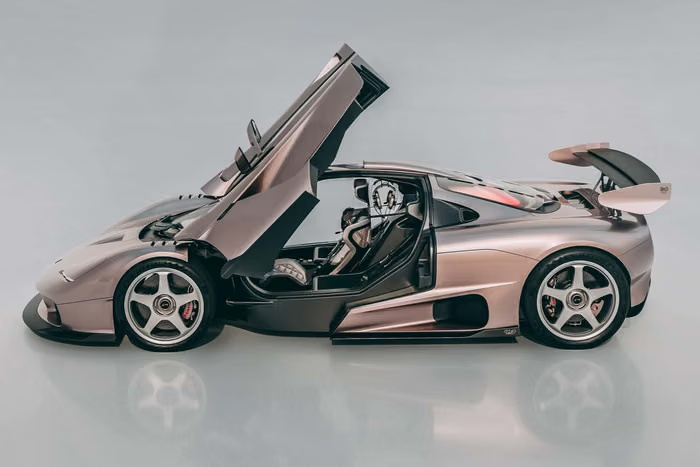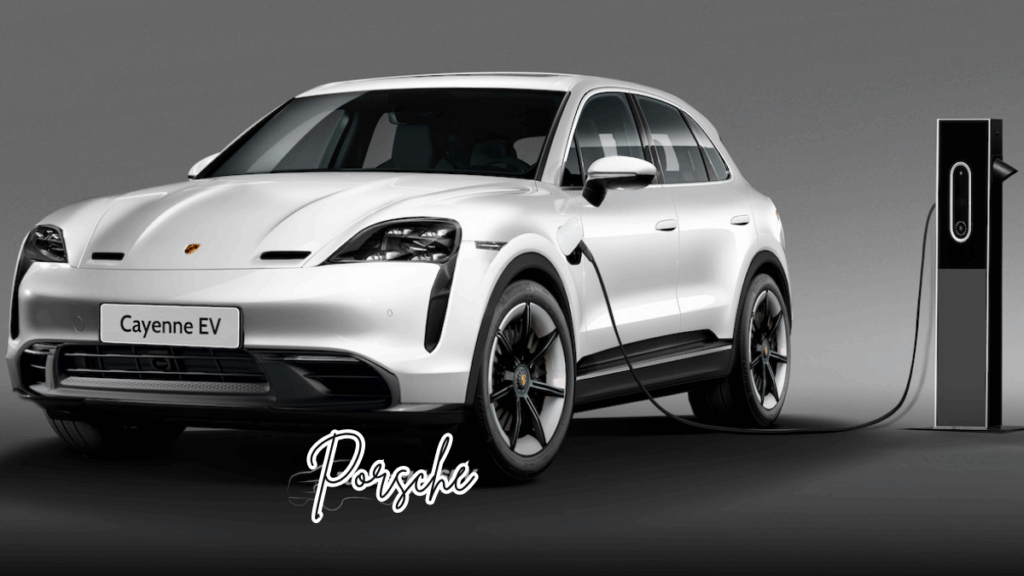Hyundai is set to expand its electric vehicle (EV) portfolio with the unveiling of the Hyundai Ioniq 2, scheduled for its global debut at the Munich Motor Show in September 2025. Positioned as a compact, affordable EV, the Ioniq 2 is expected to rival models like the Renault 4 EV, Kia EV2, and Skoda Epiq in international markets.
Table of Contents

With its size comparable to the Hyundai Bayon (an SUV slated for India), the Ioniq 2 will sit strategically between the Hyundai Inster EV and the Hyundai Kona Electric in the brand’s global line-up. While an India launch has not yet been confirmed, Hyundai’s strategy suggests it could be introduced later, considering the growing demand for compact electric SUVs in the country.
Why the Hyundai Ioniq 2 Matters

- Affordable Compact EV: Positioned as Hyundai’s entry-level international EV.
- Strong Range Figures: Up to 600 km WLTP range – competitive with larger EVs.
- Global Competitor: Takes on Renault, Skoda, and Kia in the small EV market.
- Tech-Laden Cabin: Digital-first approach with integrated screens and ADAS.
- Strategic Size: Similar to Hyundai Bayon, making it suitable for both urban and semi-urban buyers.
Hyundai Ioniq 2-Quick Summary
Particulars |
Details |
|---|---|
Model Name |
Hyundai Ioniq 2 |
Expected Reveal |
Munich Motor Show, September 2025 |
Segment |
Compact EV SUV / Raised Hatchback |
Size |
Similar to Hyundai Bayon |
Platform |
E-GMP modular EV platform |
Battery Options (expected) |
58.3 kWh & 81.4 kWh |
Expected Range (WLTP) |
430 km – 600 km |
Motor Output |
204 hp, 283 Nm (front-mounted) |
Key Rivals |
Renault 4 EV, Kia EV2, Skoda Epiq |
Global Launch Timeline |
Pricing announcement in Q3 2026 |
India Launch Status |
Not confirmed |
Official Website |
Exterior Design-Compact Yet Stylish
The Hyundai Ioniq 2 will draw strong inspiration from the Hyundai Ioniq 6 while maintaining compact proportions.
Key Exterior Highlights:
- Raised Hatchback Design: Spy shots reveal that the Ioniq 2 adopts a slightly raised hatchback silhouette with a raked roofline.
- Ioniq 6 Styling Cues: Slim LED headlights, an aggressive front fascia, and a pronounced bumper design.
- Bayon-Sized Footprint: Its dimensions closely resemble the Hyundai Bayon, making it smaller than the Kona Electric but larger than the Inster EV.
The design reflects Hyundai’s effort to combine aerodynamic efficiency with a youthful, urban-friendly stance.
Interior: Tech-Heavy and Practical
Hyundai has promised a “step change” in usability and technology for the Ioniq 2’s cabin.
Interior Features (Expected):
- Dual-Screen Setup: A wide digital panel integrating the instrument cluster and infotainment system, stretching across nearly half the dashboard.
- Minimalist Cabin: Clean layout with fewer physical buttons, focusing on digital-first usability.
- Connected Features: Expect the latest Hyundai Bluelink software, advanced driver-assistance systems (ADAS), and over-the-air (OTA) updates.
- Practical Space: Despite being compact, clever packaging is expected to maximize cabin room, similar to other E-GMP platform EVs.
Battery, Powertrain, and Range
The Ioniq 2 is expected to share its underpinnings with the Kia EV3, offering competitive performance and range.
Key Technical Specs (Likely):
- Platform: Scalable E-GMP architecture.
- Battery Options:
- 58.3 kWh battery – 430 km WLTP range.
- 81.4 kWh battery – 600 km WLTP range.
- Motor Output: Single front-mounted motor producing 204 hp and 283 Nm.
- Charging: Expected to support fast-charging up to 350 kW, enabling a 10-80% charge in under 30 minutes.
These figures would make the Ioniq 2 not just an affordable urban EV, but also one capable of long-distance travel.
Positioning in Hyundai’s EV Line-up
Hyundai plans to slot the Ioniq 2 between the entry-level Inster EV and the more premium Kona Electric.
- Hyundai Inster EV: Smaller, affordable entry point into Hyundai’s EV line-up.
- Hyundai Ioniq 2: Compact yet spacious EV SUV aimed at value-conscious buyers.
- Hyundai Kona Electric: Positioned as a mid-range, feature-rich EV crossover.
This positioning will allow Hyundai to cover multiple price points and customer segments within the compact EV market.
Market Outlook and Competition
Globally, the Ioniq 2 will face competition from budget-friendly compact EVs:
- Renault 4 EV – Retro-styled, urban-focused electric crossover.
- Kia EV2 – Hyundai’s sister brand competitor built on similar underpinnings.
- Skoda Epiq – Compact EV from Volkswagen Group designed for Europe.
Given its expected pricing and efficiency, the Ioniq 2 could play a key role in Hyundai’s EV push in Europe and emerging markets.
India Launch Possibility
As of now, Hyundai has not confirmed an India launch for the Ioniq 2. However, with the Bayon and Inster already India-bound, the Ioniq 2 could make its way later, especially if compact EV demand accelerates by 2026–27.
The Indian EV market is expected to be dominated by affordable SUVs and hatchbacks, a space where the Ioniq 2 could fit perfectly.
Official Website
For more information and global updates, visit:
hyundai.com
Frequently Asked Questions (FAQs)
Q1. What is the Hyundai Ioniq 2?
The Ioniq 2 is Hyundai’s upcoming compact EV SUV, expected to debut at the Munich Motor Show in September 2025.
Q2. How big is the Hyundai Ioniq 2?
It is similar in size to the Hyundai Bayon, slightly smaller than the Kona Electric.
Q3. What battery options will the Ioniq 2 offer?
It is likely to feature 58.3 kWh and 81.4 kWh battery packs, with ranges between 430 km and 600 km (WLTP).
Q4. How powerful will the Ioniq 2 be?
It will likely produce 204 hp and 283 Nm from a single front-mounted electric motor.
Q5. When will the Ioniq 2 launch internationally?
Hyundai is expected to announce prices in Q3 2026 after its 2025 debut.
Q6. Will the Hyundai Ioniq 2 launch in India?
There is no confirmation yet, though Hyundai is already bringing the Inster EV and Bayon to India in 2026.
For More Information Click HERE
